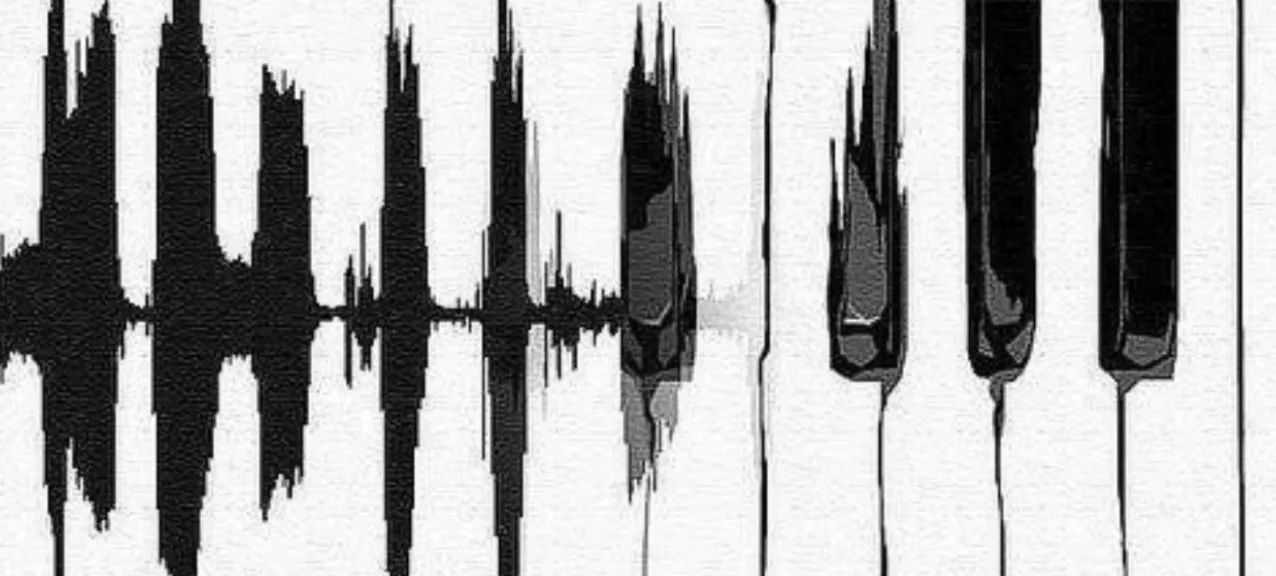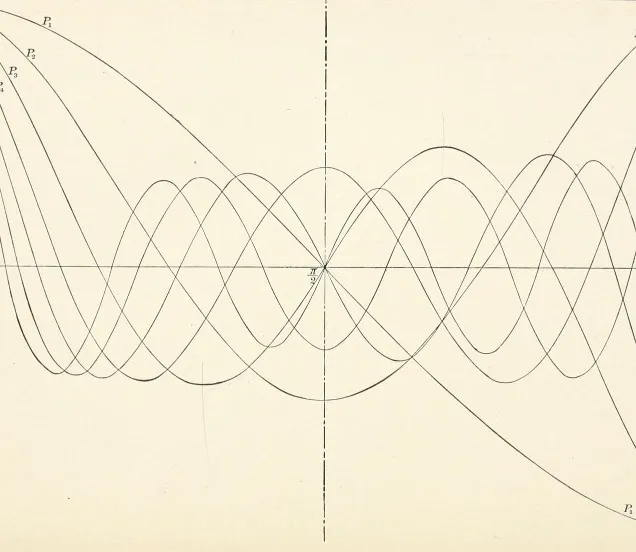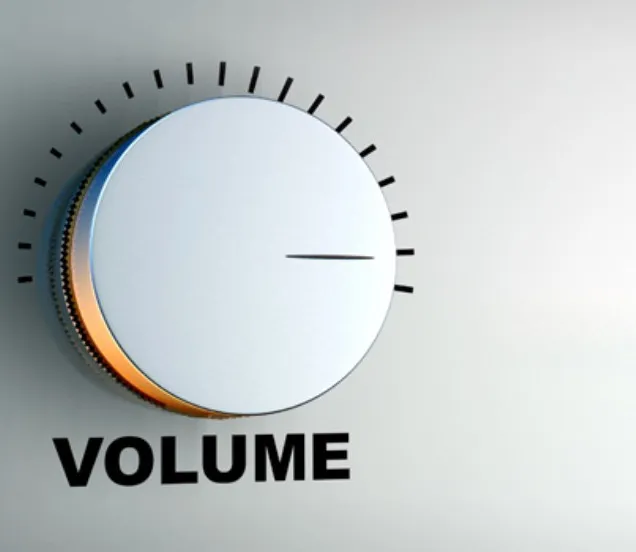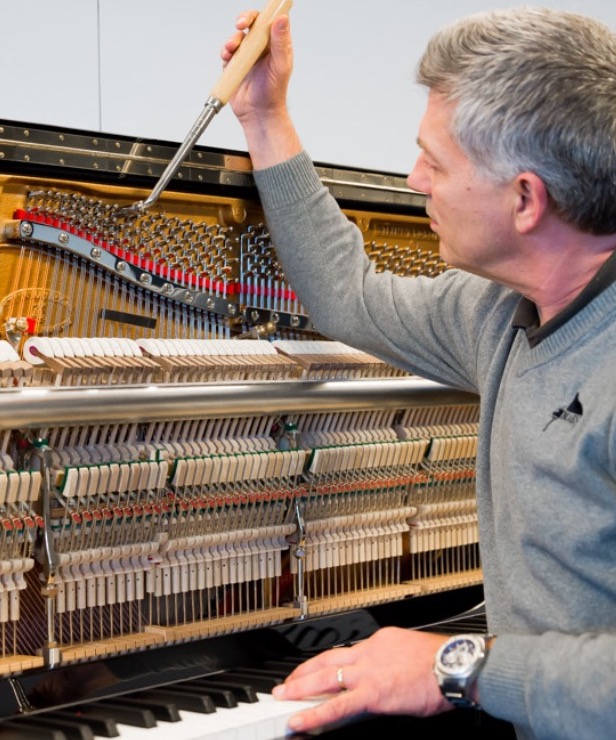What does my piano sound like?
If you are looking for a piano or grand piano, it is important to see it, play it and above all hear it. But how do you best describe the sound of that one beautiful instrument? Here are a few listening tips to help you grow a pair of well-informed ears.


Brightness
The term "brightness" is used to describe a sound that contains many overtones of its own.
Overtones are frequencies that rise above the sounding or fundamental tone. They make the sound pleasant, rich and clear.
Brightness is a very good characteristic, but a piano can also be described as shrill, rough or sharp. The proportions of the overtones to the undertone determine whether the clarity sounds pleasant! If an overtone vibrates 2x, 3x, 6x... If an overtone vibrates 2x, 3x, 6x,... as fast as the fundamental, then the sound remains nicely cyclic, and each vibration is identical. And that is exactly what people find very pleasant to listen to.
You can also say that the broader the spectrum of overtones, the richer the sound. An instrument with a somewhat metallic or pungent sound often has a much narrower spectrum of overtones.
What exactly causes this clarity? It is very complex. The length of the piano, the choice of string tension and material, the quality of the soundboard, the felt in the hammer heads, even the furniture... All elements of a piano are chosen in function of the sound and the production and amplification of overtones.

Mild, velvet or muffled
A velvet or muffled sound has fewer overtones, but contains a more present sounding fundamental. Terms to describe this sound vary from lovely to round or full. If a mild sound has too few overtones, there is a good chance that it does not speak and it sounds flat or dull.
If an instrument sounds too dull, it may be time to replace the hammerheads or strings. It is also possible that the soundboard has suffered damage and needs to be repaired.

Timbre
Colour or timbre is often used to indicate the difference in overtones present. As mentioned before, more overtones make a clean, clear and melodious tone. A lack of overtones has just the opposite effect.
A good tuner can do a lot during a tuning session to make your instrument sound as beautifully as possible. There is software and electronics to help the tuner, but you can only achieve really good tuning by ear. Harmony is something inherently human, and like everything else it is subjective and a bit mysterious!
But perhaps even more important is the quality of the instrument itself. The design, the materials used and the workmanship all contribute to an optimal sound with balanced, pleasant resonances.

Balance
If the timbre is the same from note to note, we call it a balanced instrument. A less balanced instrument often leads to large differences between keys, or even entire registers.
Especially the skill of the piano technician who intones the instrument is decisive!
Playing around with the hardness and shape of the hammer head, and the place where the hammer head hits the string, the technician searches for the right colour.
At Piano's Maene, we fully intone our Doutreligne pianos in our own workshop, before they go to the customer. This way, every customer receives a neatly balanced instrument!

Powerful
The hammers, length of the strings and quality of the soundboard determine the volume and size of the sound. Often, instruments with a large and powerful sound are intended for (concert) halls where projection is required in order to reach the back rows. It is therefore important to match the piano to the room. You do not want a bombastic concert grand piano in a tiny room with hard acoustics!
Yet the length of the piano is also important for the sound quality of the instrument. Quite simply, you can say that the shorter the strings are, the less eagerly they vibrate. That resistance causes harmonic imperfections in the overtones. Thus, the high registers in a low buffet piano usually sound a lot more shrill than those in a grand piano.
The only constant is change
Finally, it is important to realise that your instrument is an (almost) living being and will change over time. Hammer heads become worn for example, and the felt is compressed a little more each time, resulting in a harder sound. The opposite also occurs. Felt is also capable of absorbing moisture, which softens the sound.

Tuning and maintenance
An instrument will always need maintenance to protect its sound and keep it in optimal condition. Please feel free to contact us about a tuning or revision. We are happy to help and provide you with appropriate advice!


